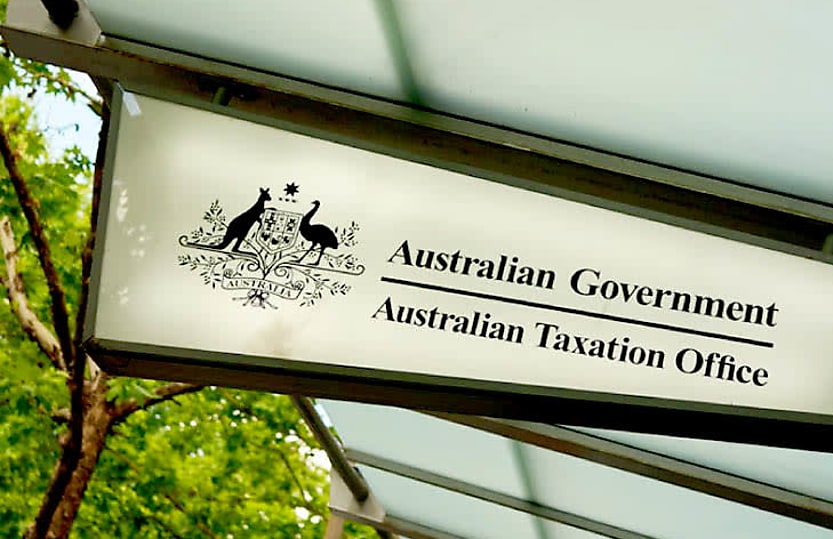Case law drives significant tax outcomes for Tax Office

The legal precedent established in cases such as Chevron over the past decade has enabled the ATO to resolve billions of dollars’ worth of tax disputes, says the Commissioner of Taxation.
Court settlements with multinationals over the years has seen the Tax Office generate significant amounts of revenue beyond the initial settlement amounts by locking in important tax outcomes, Commissioner of Taxation Chris Jordan has said in a recent speech.
Speaking at the Tax Institute Tax Summit, Mr Jordan said these settlements have provided the community with certainty that multinationals are meeting their tax obligations and avoiding disputes into the future.
Mr Jordan said the significant payments being made for the finalization of the disputes don’t reflect the additional revenue that will often be payable in the future through the tax outcomes that have been locked in.
“Using the momentum from the legal precedent established in Chevron, we’ve been able to resolve a range of disputes removing more than $40 billion in excessive interest charges from related party dealings which would have otherwise been deducted,” said Mr Jordan.
The Chevron decision was a transfer pricing case handed down by the Full Federal Court in 2017 in favor of the Commissioner of Taxation and left Chevron with a tax bill of around $340 million.
“The true monetary impact on the system is much higher than the initial Chevron court case and we continue to see its impact flowing through the system now,” said Mr Jordan.
Mr Jordan said the ATO’s early interventions in the oil and gas sector paired with strong commodity prices, mean that some oil and gas companies are now making a stronger contribution to Australia’s tax base.
Since its commencement in 2016, Mr Jordan said the Tax Avoidance Taskforce has made a significant impact by vigorously scrutinizing large public and private groups and wealthy individuals.
“Since the Taskforce commenced in 2016, it has helped secure more than $26 billion in additional tax revenue up to 30 June 2023,” he said.
“We have been planting these seeds for many years and this work is now bearing fruit with significant outcomes for the Taskforce’s compliance and assurance programs.”
The efforts of the Tax Avoidance Taskforce have seen several significant taxpayers publicly state that they have settled their affairs with the ATO, “promoting unprecedented transparency”, said Mr Jordan.
“This includes the likes of Chevron, Rio Tinto, Google, BHP, Apple, ResMed, and Microsoft,” he said.
Mr Jordan said the Tax Office had also shifted away from a ‘gotcha’ mentality to a preventive mindset when it comes to multinationals.
“We’ve shifted focus away from audit yields to improving tax performance and closing the tax gap,” he stated.
He also acknowledged that Australia’s large corporate taxpayers are significant contributors to the tax system, even before ATO interventions.
“In our most recent Tax Transparency Report, the 2,468 entities reporting paid almost $69 billion in income tax, almost 20 per cent more than the previous year,” he said.
About the author







